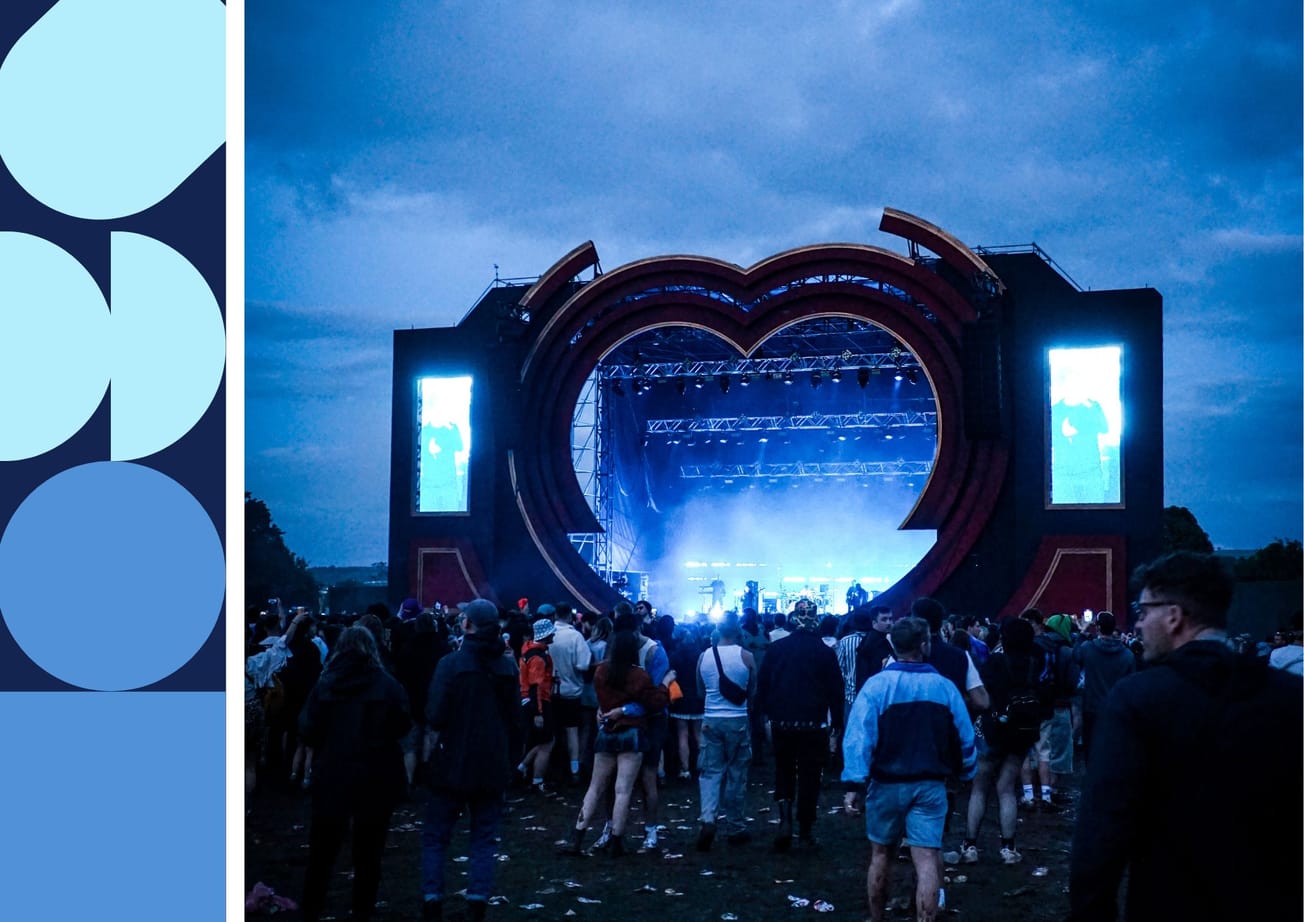By John Vandevert, Postgraduate Musicology
Due to the international appeal of social media platforms like TikTok and Instagram, Western audiences have been inadvertently introduced to a wide variety of unique styles and sounds.
Acts from Italian rock band Måneskin (‘Beggin’), to South-Asian/Canadian rapper Tesher (‘Jalei Baby’), and Nigerian singer Korede Bello (Do like That), to the 70s Germanic disco group Boney M. (‘Rasputin’), and even a virtual K-POP group named K/DA (‘Pop/Stars’), have all been (re)launched into the public eye, digital communities speedily adopting their music. So much so that three Russian tracks, one from earlier this year (‘Моя голова винтом’ – Kostromin), one from 2020 (‘Ice’ – Morgenshtern), and the other from 2018 (‘Судно’ - Молчат Дома), have escaped their borders and become immensely popular around the globe.
The Russian hip-hop scene is nothing like the West, or more specifically like the United States. Everything in some way is politically motivated, and many of Russia’s artists have very strong political standpoints, and their beliefs filter into their musical voice. Beginning in late-Soviet Russia with the 60s proto-rock scene, ushered along by Gorbachev’s failed Perestroika 80s and the Soviet Union’s dissolution in 1991, Russian Hip-Hop has become intertwined with commercialist Western theatrics and devious Russian political protest.
Russian hip-hop’s journey began in the 1940s/50s with the emergence of the ‘subversive’ spontaneity of jazz during the Cold War standstill. 'Jazz ambassadors' like Duke Ellington and Louis Armstrong were sent in the hope that cultural diplomacy could heal the tautness of the time, instilling a sense of wonder in the entrained Soviet citizens of the time. Flash forward to Khruschev’s Thaw of the 1960s and the birth of the ‘Beatlemania’ movement, the beginning of Russian rock had begun. Even though the bands and musical aesthetics of this era were just lower-quality replications of Western styles, it nevertheless gave them the motivation to craft their own voice. In the 1970s, the Soviet government had awoken to the dangers of this new artform, and so youth-led bands (called Amateurs) were now fighting with state-sanctioned bands (VIA bands) for sociocultural currency. However, the tenacious youth knew better than to be passive, and so Soviet punk and hard-rock emerged, along with socially conscious musicians willing to challenge Soviet oppression. The 1980s is where Hip-Hop truly began; while Western pop and disco music saturated dancehalls, punk and New-wave were saturating minds, leading to governmental ‘purges’ against it. But as a result of Gorbachev’s Perestroika, break-dancing entered Russia, creating conditions perfect for Hip-Hop.
In 1984, the first ever ‘rap’ track was created (‘Totalitarian Rap’ – Alisa), and a broadening of access to Western media ensued, marking the radical shift in late-Soviet consciousness from loud serfs to provoked revolutionists. The 1990s was a decade of great change in Russia and hip-hop took full advantage through the creation of rap groups like Bad Balance and Bachelor Party, festivals such as Peak-91, radio stations, and publicized publications. Rap was now not just an expressive genre of social anxieties, but a full-time career which could make a smart player a lot of money.
The rising popularity of the radio and internet, as well as the post-Soviet adoption of capitalism, meant that Russian Hip-Hop would move beyond being just a youth-directed, counter-culturalist symbol. In the early 2000s, the consensus was that Russian hip-hop had become irrevocably commercialized by the likes of Detsl, Pepsi and MTV, but it was now an intrinsic part of the post-Soviet Russian identity. Subgenres of rap had emerged, like Gangster and R’n’B, Conscious, and increased digitization furthered access to hip-hop like never before.
But in the mid-to-late 2000s, Russia was quickly falling into national disorder (notably Putin’s power grab, the Kursk disaster, intercountry conflicts and Great Recession), and in response hip-hop took on its final form. In the wake of Medvedev’s appointment in 2009 and Putin’s reappointment in 2012, the usage of political themes only expanded. According to Russian Musicologist Ilya Kukulin, the controversial genre has become ‘valourized’ in post-2010s Russia and has become the ‘playground of revanche for those who feel disadvantaged’.
More recently, Russian rappers have split in attitudes towards the use of politics in their music. While some may only covertly hint at problems and beliefs, poetically encoding them into their works, it can be said that nothing escapes the hand of politics. ‘Mainstream’ rappers like Morgenshtern, Timati, and his Black Star label, as well as those emerging from the ‘contemporary underground’ like Pharaoh and Noize MC, are all products of the Russian fight for survival, where living is and will be hard unless you find the right balance of ‘success, risk, and aggression’.
There are many different aesthetic styles of rap in Russia, each with their own unique blend of instrumentals, politics, and linguistic edge. Rappers like White Punk, Scriptonite, and Cakeboy use the broad ‘cloud-rap’ style, utilizing more lyrical rhythms and slower, trip-hop tempos to invoke everything from pensive and somber outlooks to hedonistic pleasure. Here, Mnogozaal and his doomer-esque, vapor-wave commentaries align. Some rappers like Oxxxymiron, 25/17, and Гонзо focus on rhythmic textual delivery and instrumental G-Funk soundscapes to support their message. Meanwhile, BollywoodFM and Husky heavily reference Russian culture and express their philosophical worldviews through eclectic, compositional aesthetics, using a full range of vocal effects to do so. Others, like JEEMBO, Boulevard Depo, KILL ME, OBLADAET, and the mainstream crowd sometimes lack textual or philosophical depth with their heavily-produced, cleanly rap-qua-electronic trap tracks - but have nevertheless become incredibly popular among conventional audiences, both Russian and Slavic alike.
Review: Easy Life @ the O2 Academy
In converstion with Joy Crookes
Bottom-line is if you have a sound you like, there’s probably a rapper out there for you! So go take a look on this list of the top 100 Russian rappers and take your pick! To know the Russians of today, you have to listen like one!
Featured image: Unsplash / Michael Parulava
Do you listen to Russian hip-hop?








